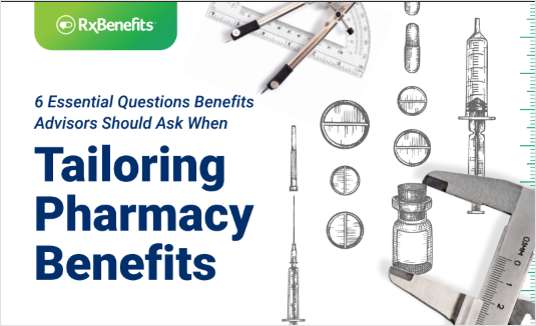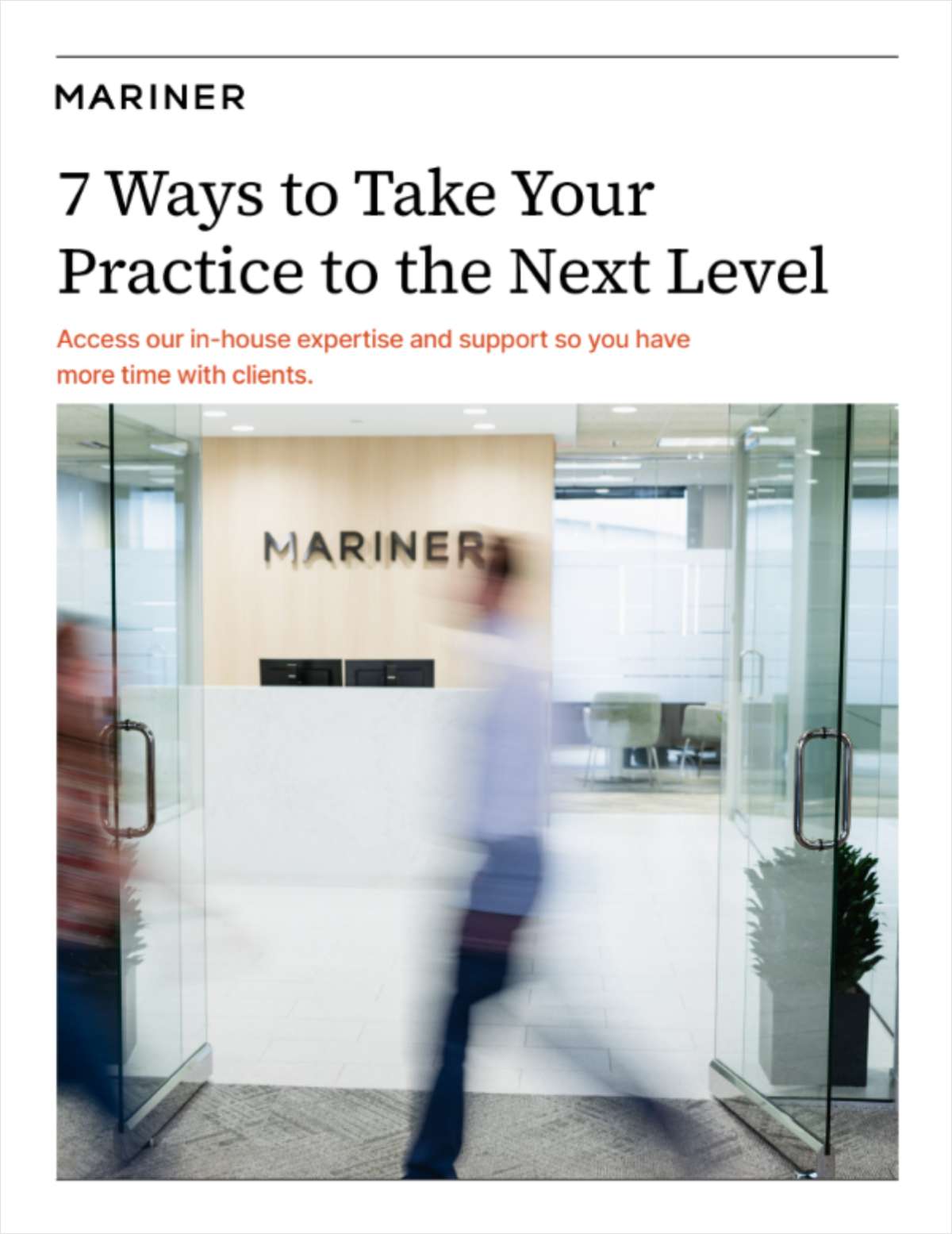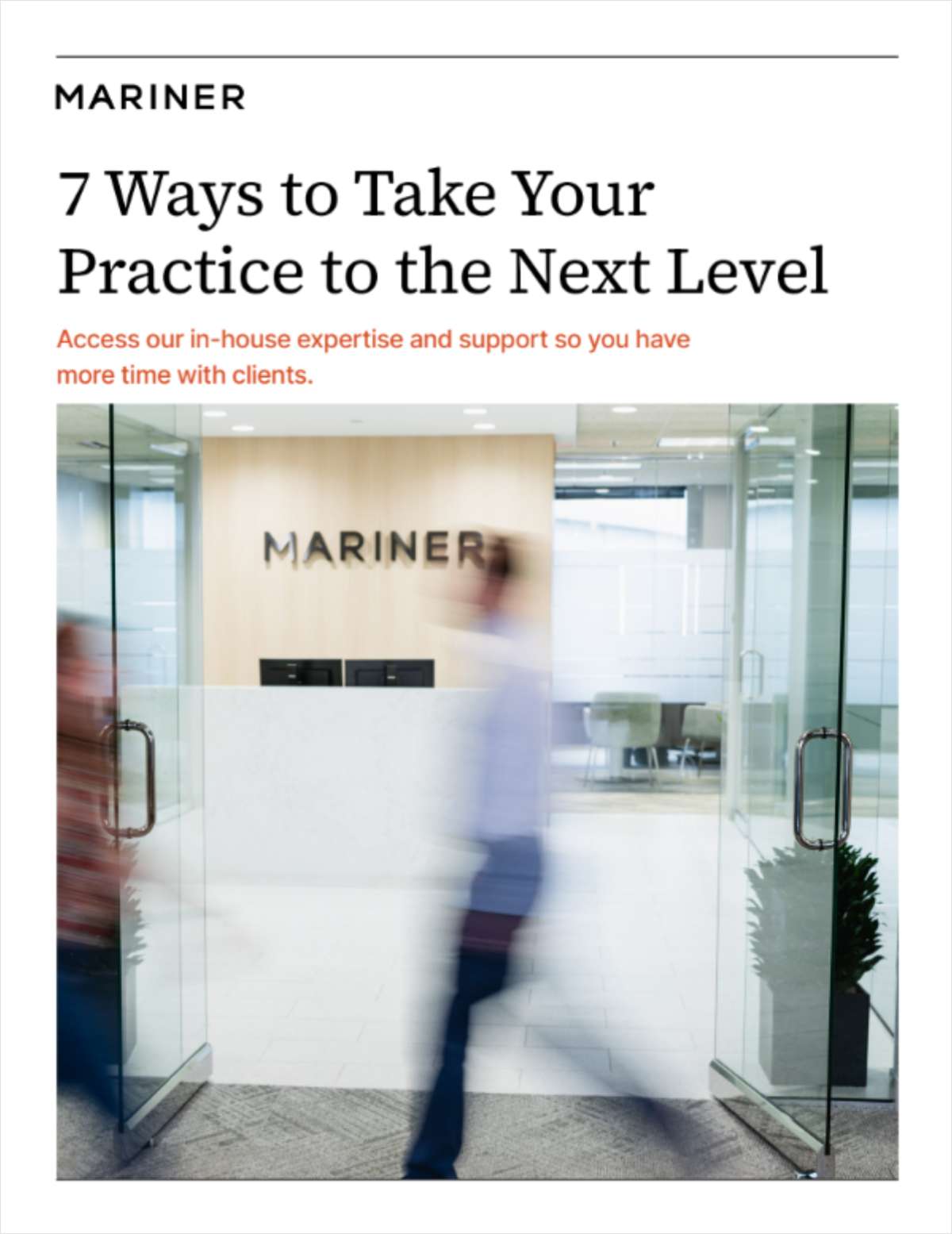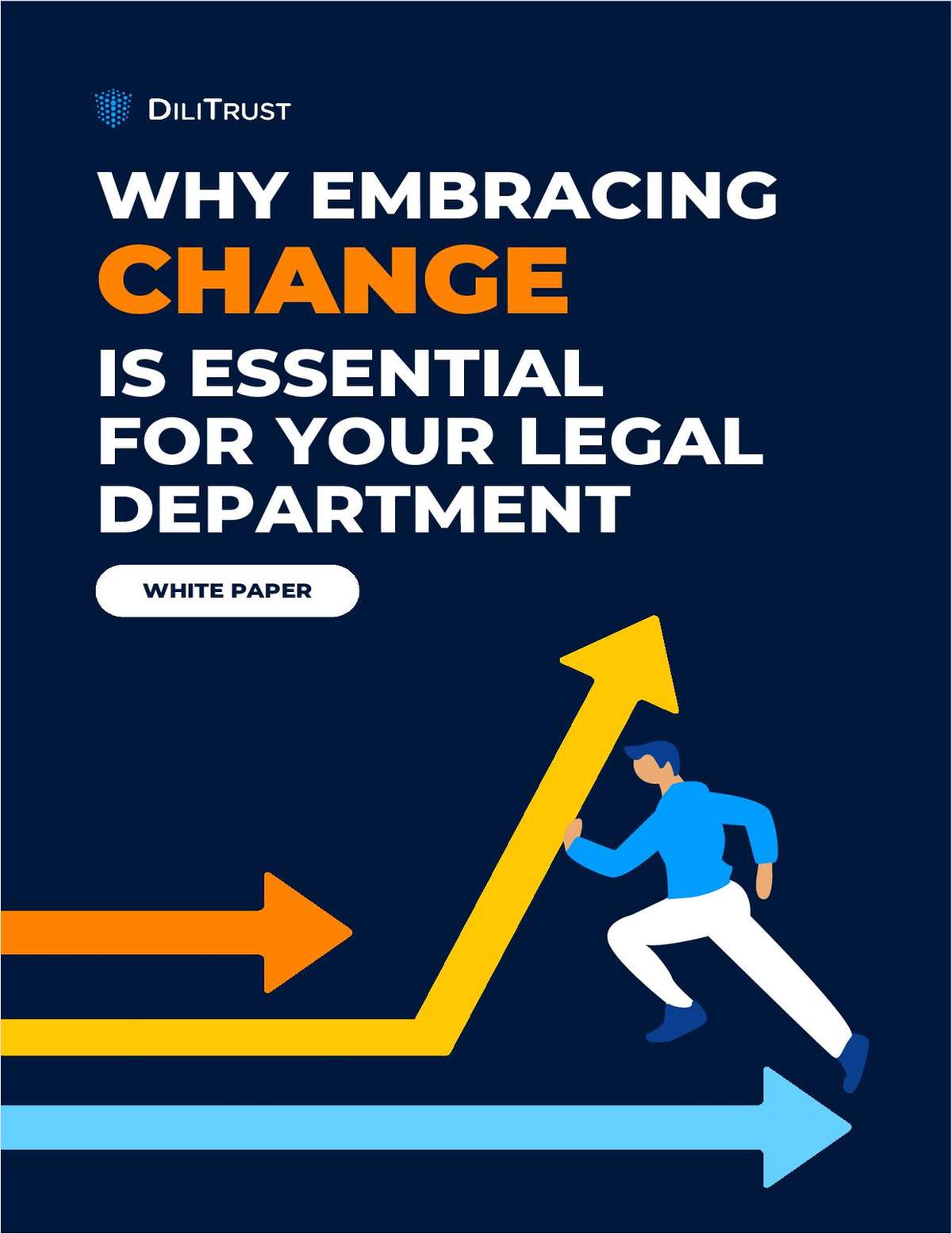Reducing the Risk of Personal Liability for Partners
Partners in law firms face unique risks that can arise from their own representations of clients. Another risk that partners may not be aware of, however, is the risk that they will face personal liability arising from the misconduct of their partners.
February 14, 2018 at 07:50 PM
6 minute read
 Alanna G. Clair.
Alanna G. Clair.
Partners in law firms face unique risks that can arise from their own representations of clients. Another risk that partners may not be aware of, however, is the risk that they will face personal liability arising from the misconduct of their partners.
Many law firms attempt to reduce that risk for their partners by incorporating and purchasing insurance. Most firms will also take care typically to timely report claims to their insurers so as not to put coverage at jeopardy. However, there can be situations in which partners of a law firm can face risk because of the misconduct of their fellow partners.
One high-profile decision from the Supreme Court of Illinois sheds some light on this issue: Illinois State Bar Association Mutual Insurance v. Law Office of Tuzzolino & Terpinas, 27 N.E.3d 67 (Ill. 2015). At issue in that case was a professional liability policy for a two-attorney firm. The firm's primary partner was responsible for applying for the firm's malpractice insurance. When answering the question of whether the firm had knowledge of “any circumstance, act, error or omission that could result in a claim,” the primary partner answered: “No.” However, only three months before submitting the application, that attorney had failed to keep his client notified about important developments in his case, resulting in the client threatening the attorney with a malpractice suit. He did not disclose this development to his law partner or to the insurance carrier.
Shortly after the insurer issued the policy to the firm, the innocent partner opened a letter from the former's client new attorney, discussing the potential malpractice claims. In accordance with the policy's notice requirements, the innocent partner reported the claim to the firm's insurer. The insurance company then instituted suit against the firm seeking an order of rescission for the entire policy even though the reporting partner did not knowingly withhold any information from the insurer.
The innocent partner argued that it was unfair to rescind coverage for an innocent policyholder who did not have knowledge of his co-insured's “misdeeds and the alleged misrepresentation.” The Illinois Supreme Court overturned the lower court and ultimately concluded that the insurer could rescind the policy, basing its decision on, among other things, the fact that the malpractice policy did not contain an innocent insured provision.
Even though the policy contained a severability clause, the court reasoned that both attorneys were nevertheless bound by the single application, which contained a material misrepresentation.
This case illustrates a risk for law firms, as illustrated by a dissenting justice to the above decision, who stated that he could not join the majority because he was “troubled by the scope of the consequences resulting from the majority's holding on other law firms and especially midsize and large firms.”
This case shows a worst-case scenario. However, there are other risks for law firm partners that can arise from the firm's corporate structure or the terms of the partnership agreement. Below are three steps for law firms and partners to consider that may help reduce exposure and risk.
|1. Consider How to Incorporate the Firm
In forming a firm, partners can review the laws of their state to determine what corporate structure provides the most protection. In Connecticut, for example, attorneys can form limited liability partnerships or professional associations as a way to offer protections to the individual and personal assets of partners that general partnerships do not. Just as a corporate attorney might advise their client engaging in a new business venture to formally incorporate, the same advice may apply to attorneys (or may even be required, depending on the state). Many law firms take the time to consider which organizational structure will best protect the individual partners, and effectuate that decision.
Once a law firm is organized, exposure for innocent partners can be reduced. Under many structures, only the assets of the law firm, as a legal entity, are at risk from a judgment. Notwithstanding these protections, an individual attorney who is sued for malpractice may still face some risk to her or his personal assets.
|2. Purchase Professional Liability Insurance With Appropriate Protections
The type of coverage provided by professional liability insurance varies. As such, it may or may not provide protection for partners who were not involved in any alleged wrongdoing. While incorporating the firm correctly can help protect innocent partners, legal malpractice insurance is purchased to protect the firm's assets, and correspondingly, the non-involved partners' interests in those assets. Indeed, Connecticut law requires that registered limited liability partnerships of lawyers must maintain professional liability insurance in an amount not less than $250,000. (Sec. 34-327(e).)
There are many contractual provisions that can help ensure protection for innocent partners. The first provision that many attorneys rely on is a severability clause, which creates a separate contract between each policyholder and the insurer. But as the above case illustrates, courts may not read those provisions as prohibiting rescission of a policy when the policyholders collectively submit a single application with at least one material misrepresentation.
Another provision that can provide more protection to an innocent partner is an innocent insured clause. That policy term can be clear that innocent policyholders' coverage is not negated nor impaired by misconduct by another, whether in the application for or operation of the policy.
Another option available to law firms is to purchase a policy that contains a narrow definition of the individuals at the firm who have obligations to provide notice to the company of a potential claim. This type of provision can be especially helpful to reduce the risk at larger firms with many attorneys.
|3. Contract for Specific Protections Including Clawback Provisions
Some new firms considering this issue will include a claw-back clause in their operating agreement. Those clauses can permit innocent partners to “claw back” money they paid out because of misconduct by another partner.
At some firms the decision is made to limit that relief to claims of intentional, criminal, dishonest or fraudulent acts or omissions. Such language can tied to the typical legal malpractice policy exclusion. Other partners will decide to permit recovery for one partner's knowing violations of the law or, in some cases, for reckless misconduct.
The preceding steps can help partners limit their risk of personal liability and to protect “innocent” partners.
Alanna G. Clair is a partner at Dentons.
This content has been archived. It is available through our partners, LexisNexis® and Bloomberg Law.
To view this content, please continue to their sites.
Not a Lexis Subscriber?
Subscribe Now
Not a Bloomberg Law Subscriber?
Subscribe Now
NOT FOR REPRINT
© 2024 ALM Global, LLC, All Rights Reserved. Request academic re-use from www.copyright.com. All other uses, submit a request to [email protected]. For more information visit Asset & Logo Licensing.
You Might Like
View All


George Carlin-AI 'Deepfake' Lawsuit Could Set New Standards for Celebrities' Rights of Publicity, Industry Veteran Says
Trending Stories
- 1'Largest Retail Data Breach in History'? Hot Topic and Affiliated Brands Sued for Alleged Failure to Prevent Data Breach Linked to Snowflake Software
- 2Former President of New York State Bar, and the New York Bar Foundation, Dies As He Entered 70th Year as Attorney
- 3Legal Advocates in Uproar Upon Release of Footage Showing CO's Beat Black Inmate Before His Death
- 4Longtime Baker & Hostetler Partner, Former White House Counsel David Rivkin Dies at 68
- 5Court System Seeks Public Comment on E-Filing for Annual Report
Who Got The Work
Michael G. Bongiorno, Andrew Scott Dulberg and Elizabeth E. Driscoll from Wilmer Cutler Pickering Hale and Dorr have stepped in to represent Symbotic Inc., an A.I.-enabled technology platform that focuses on increasing supply chain efficiency, and other defendants in a pending shareholder derivative lawsuit. The case, filed Oct. 2 in Massachusetts District Court by the Brown Law Firm on behalf of Stephen Austen, accuses certain officers and directors of misleading investors in regard to Symbotic's potential for margin growth by failing to disclose that the company was not equipped to timely deploy its systems or manage expenses through project delays. The case, assigned to U.S. District Judge Nathaniel M. Gorton, is 1:24-cv-12522, Austen v. Cohen et al.
Who Got The Work
Edmund Polubinski and Marie Killmond of Davis Polk & Wardwell have entered appearances for data platform software development company MongoDB and other defendants in a pending shareholder derivative lawsuit. The action, filed Oct. 7 in New York Southern District Court by the Brown Law Firm, accuses the company's directors and/or officers of falsely expressing confidence in the company’s restructuring of its sales incentive plan and downplaying the severity of decreases in its upfront commitments. The case is 1:24-cv-07594, Roy v. Ittycheria et al.
Who Got The Work
Amy O. Bruchs and Kurt F. Ellison of Michael Best & Friedrich have entered appearances for Epic Systems Corp. in a pending employment discrimination lawsuit. The suit was filed Sept. 7 in Wisconsin Western District Court by Levine Eisberner LLC and Siri & Glimstad on behalf of a project manager who claims that he was wrongfully terminated after applying for a religious exemption to the defendant's COVID-19 vaccine mandate. The case, assigned to U.S. Magistrate Judge Anita Marie Boor, is 3:24-cv-00630, Secker, Nathan v. Epic Systems Corporation.
Who Got The Work
David X. Sullivan, Thomas J. Finn and Gregory A. Hall from McCarter & English have entered appearances for Sunrun Installation Services in a pending civil rights lawsuit. The complaint was filed Sept. 4 in Connecticut District Court by attorney Robert M. Berke on behalf of former employee George Edward Steins, who was arrested and charged with employing an unregistered home improvement salesperson. The complaint alleges that had Sunrun informed the Connecticut Department of Consumer Protection that the plaintiff's employment had ended in 2017 and that he no longer held Sunrun's home improvement contractor license, he would not have been hit with charges, which were dismissed in May 2024. The case, assigned to U.S. District Judge Jeffrey A. Meyer, is 3:24-cv-01423, Steins v. Sunrun, Inc. et al.
Who Got The Work
Greenberg Traurig shareholder Joshua L. Raskin has entered an appearance for boohoo.com UK Ltd. in a pending patent infringement lawsuit. The suit, filed Sept. 3 in Texas Eastern District Court by Rozier Hardt McDonough on behalf of Alto Dynamics, asserts five patents related to an online shopping platform. The case, assigned to U.S. District Judge Rodney Gilstrap, is 2:24-cv-00719, Alto Dynamics, LLC v. boohoo.com UK Limited.
Featured Firms
Law Offices of Gary Martin Hays & Associates, P.C.
(470) 294-1674
Law Offices of Mark E. Salomone
(857) 444-6468
Smith & Hassler
(713) 739-1250











